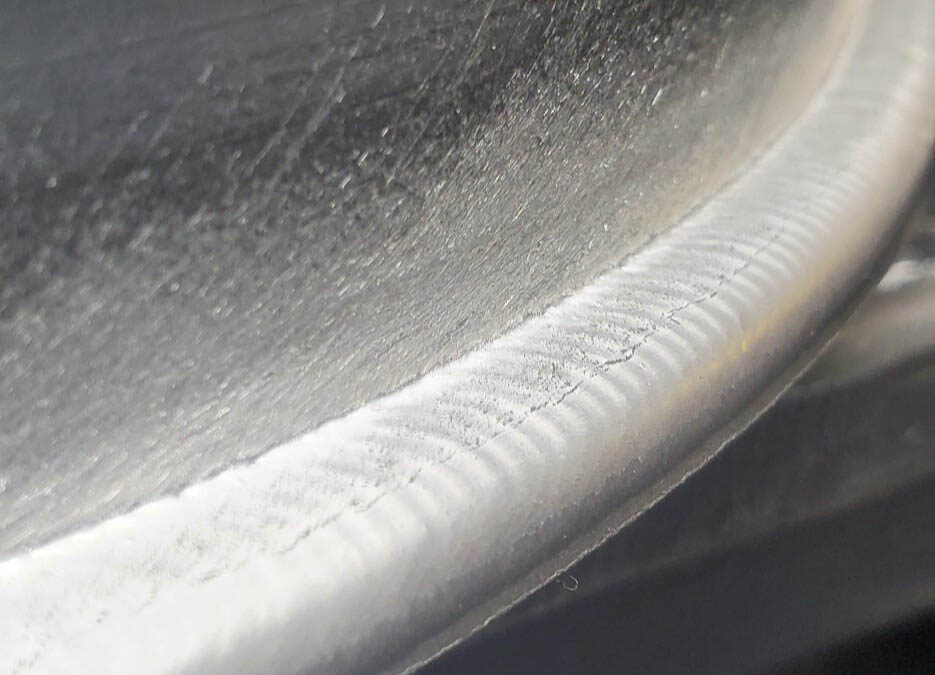As industry-leading builders of automated welding equipment, we understand the significant role each component plays in successful welding operations. Tungsten electrodes are important as final conductors to ignite a weld—therefore, proper selection and maintenance will maximize your end result.
Tungsten Electrodes: Exploring Their Applications
Tungsten electrodes must be carefully chosen according to material composition, geometry and preparation factors to produce consistent welds of superior quality. Below is a short guide on selecting suitable tungsten electrodes for various applications while emphasizing a precision welding setup:

Pure Tungsten (Green Tip): Classified under AWS as EWP, this type contains at least 99.5% tungsten for optimal AC welding results in aluminum and magnesium welding applications. With lower voltage settings compared with its competitors and long-term stability under AC welding settings, Pure Tungsten is an ideal choice when handling aluminum and magnesium welding applications.
Thoriated Tungsten (Red Tip): Widely recognized for its durability and user friendliness, Thoriated Tungsten features thorium to improve AC and DC welding capabilities—ideal for thin gauge aluminum welding applications as well as carbon steel, stainless steel, nickel and titanium materials.
Ceriated Tungsten (Gray Tip): Electrodes are perfect for low-current DC welding operations that involve intricate tasks like orbital tube and pipe fabrication or sheet metal work, which require pinpoint precision. Plus, their Gray Tip technology increases visibility during welds.
2% Lanthanated Tungsten (Blue Tip): This versatile electrode type is widely praised for its superior arc initiation and low wear rate; typically replacing thoriated and ceriated electrodes in welding tasks.
Zirconiated Tungsten (Brown Tip): Ideal for AC welding environments where contamination resistance is key, this tip specializes in AC welding environments where contamination resistance is of utmost importance.
Tri-Mix Tungsten (Turquoise Tip): Tri-Mix Tungsten is a nonradioactive alternative that combines three rare-earth oxides for improved performance and electrode longevity.
Geometry and Prep of Tungsten Electrodes:
Understanding the specifics of electrode diameter, tip configuration & perpetration methods are integral for achieving successful welding results:
Electrode Diameter and Tip Configuration: Your choice of diameter and tip shape (balled, pointed or truncated) has an immediate effect on arc stability and penetration depth. While smaller diameters allow easier arc initiation but may wear out faster; larger ones support higher amperage loads and extend life span more significantly.
Prep Methods: Proper grinding of tungsten electrodes is vital. A dedicated diamond grinding wheel should be utilized longitudinally in order to produce an even and stable arc that maintains structural integrity while protecting from contamination that could lead to welding defects.
Enhancing Welding Excellence Through Expert Support & Advanced Electrode Technology
Leveraging appropriate equipment when it comes to tungsten electrode maintenance is of utmost importance, and Bancroft Engineering’s automated welding systems have been specifically engineered to accommodate different electrode types and geometries without compromising precision or reliability.
Bancroft Engineering goes far beyond selling equipment; we provide comprehensive support and education on best practices for welding operations. Through an understanding of tungsten electrodes’ unique properties, we enhance their use in automated equipment for optimal performance—leading to exceptional welding outcomes. Through careful design and engineering expertise, we enable fabricators to achieve excellence in their welding projects—every element playing an essential part!
Tungsten Electrodes for Welding
Proper selection and care of tungsten electrodes are crucial to the success of any welding process, which is why Bancroft Engineering places great emphasis on using only premium materials with advanced technologies integrated into our automated welding systems in order to maximize longevity, efficiency, and quality welding outcomes.




